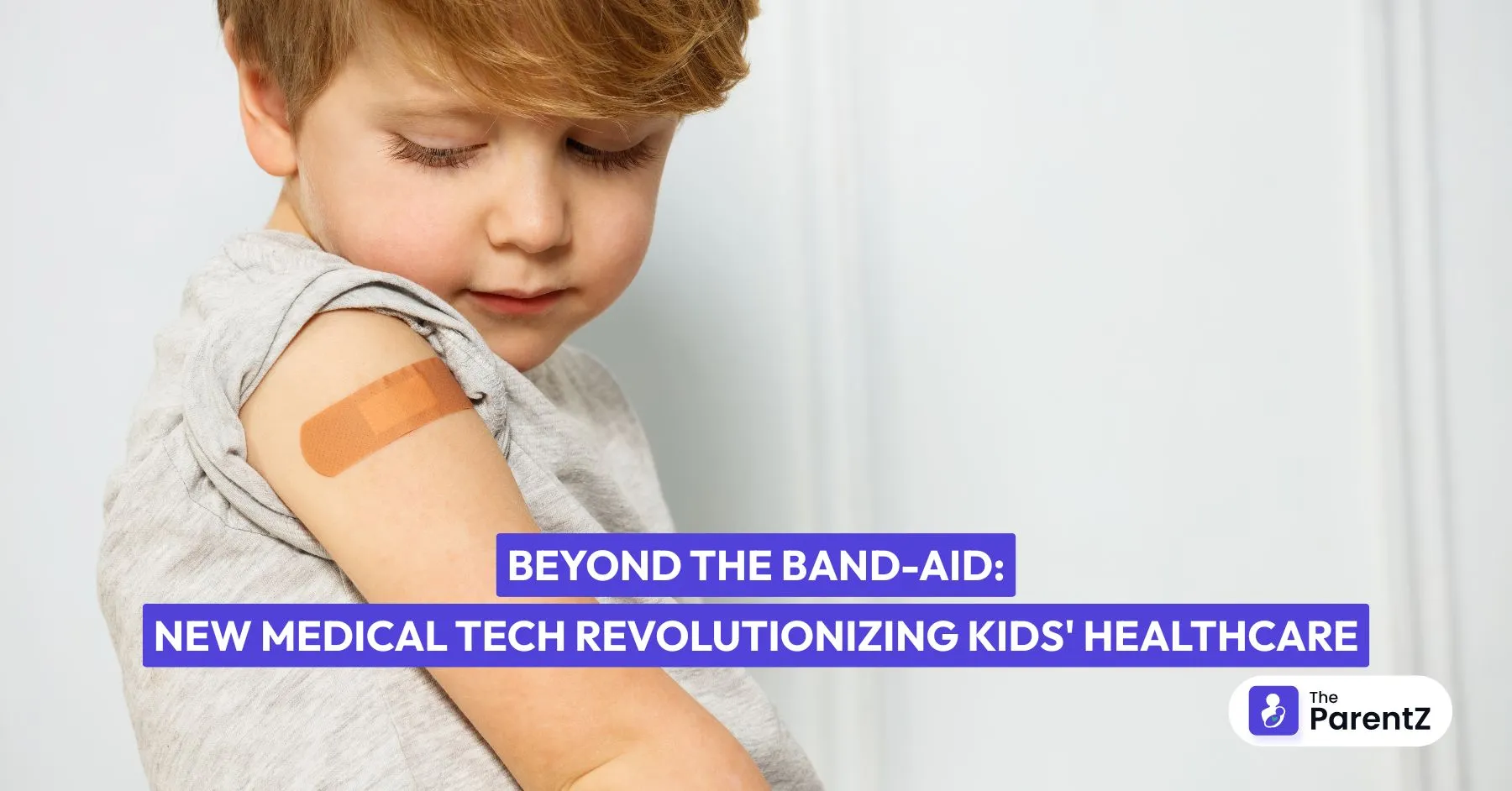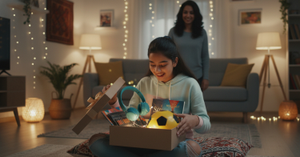When you think of medical care for kids, you might picture Band-Aids, thermometers, and tearful visits to the doctor. But pediatric healthcare is changing fast, and it’s more child-friendly, precise, and tech-powered than ever before.
From wearable devices that monitor heart health to needle-free vaccines and AI tools that detect illness earlier, a quiet revolution is underway. New medical technologies are not just making healthcare more efficient; they’re also helping kids heal with less fear, more comfort, and better outcomes.
In this article, we take a look at the innovations reshaping how children receive care today and what that means for parents.
Why Pediatric Care Needs Innovation
Children aren’t just small adults. Their bodies, immune systems, and emotional needs are different. They can’t always explain their symptoms clearly, and they often fear hospitals, needles, and unfamiliar routines. That’s why pediatric medical tech must focus on:
- Minimizing pain and invasiveness
- Making diagnostics easier and faster
- Empowering parents with home-based tools
- Reducing hospital visits when possible
The goal? Keep kids healthy and as happy as possible.
1. Wearables for Children: Real-Time Monitoring Made Easy
Smart watches and wearables aren’t just for fitness anymore. For children with chronic illnesses like asthma, epilepsy, or congenital heart disease, wearable devices now offer:
- Continuous monitoring of vital signs like oxygen levels, heart rate, and even movement patterns
- Alerts to parents or doctors if something’s wrong (e.g. seizures, oxygen dips)
- Child-friendly designs that look like regular watches or fun accessories
Examples:
- Pulse oximeter rings for kids with breathing issues
- Smart epilepsy monitors that track and alert during seizures
- Fitness-style trackers that record activity and sleep for children with developmental conditions
These tools give families peace of mind, especially when children are at school or asleep.
2. Needle-Free Vaccines and Painless Injections
One of the biggest sources of fear in pediatric care? Needles.
Innovations are now offering kinder alternatives:
- Jet injectors that use high-pressure streams to deliver vaccines without needles
- Microneedle patches, smaller than a fingernail, which painlessly dissolve on the skin
- Oral vaccine delivery systems for conditions like polio and rotavirus
- Intranasal vaccines (like nasal flu sprays) that avoid injections entirely
These advances make vaccination more accessible and far less traumatic for young children.
3. AI-Powered Diagnosis: Earlier, Smarter Detection
Artificial Intelligence is helping doctors catch illnesses earlier, especially in children who may not explain their symptoms clearly.
AI tools can now:
- Analyze a child’s cough or cry to screen for illness
- Use facial scans to detect signs of genetic syndromes
- Interpret X-rays or scans faster and more accurately than ever
- Flag patterns in data from wearables or medical records to warn about possible infections
These tools aren’t replacing doctors, they’re making pediatric diagnosis faster and more precise, especially in emergencies or remote settings.
4. Telehealth for Kids: Virtual Care with Real Connection
Virtual care became common during the pandemic, but it’s here to stay, especially for children with minor illnesses, follow-ups, or long-term conditions.
Benefits include:
- Shorter wait times and less exposure to germs
- Video calls with pediatricians, speech therapists, or child psychologists
- Remote monitoring of chronic conditions through connected apps and devices
- Better comfort for kids being treated from home
In India and beyond, many platforms now offer child-specific telehealth, where pediatricians use kid-friendly language and visuals during calls.
5. Child-Friendly Imaging and Scanning Technology
Traditional scans like MRIs or CTs can be noisy, scary, and require kids to stay still for long periods.
New developments include:
- Faster, quieter imaging machines designed for children
- Motion-correction software that allows clear images even if the child moves
- 3D imaging to reduce the need for multiple scans
- Augmented reality (AR) games that distract kids during the process
All of this reduces the need for sedation and lowers stress for both child and parent.
6. Smart Medication Dispensers and Reminders
Giving the correct dose of medicine at the right time can be tricky, especially for kids with complex treatment routines.
Now, parents can use:
- Smart pill bottles and syringes that alert you when it’s time for a dose
- Apps that track medication schedules and warn about missed doses
- Kid-friendly dispensers that turn taking medicine into a game
These tools are especially helpful for families managing conditions like epilepsy, diabetes, or ADHD.
7. Robotic Helpers and Therapy Tools
In pediatric hospitals and clinics, robots are becoming allies, not just for surgery, but for emotional support too.
- Therapeutic robots like Paro the seal or Moxie help children with anxiety, autism, or developmental delays
- Surgical robots assist in delicate pediatric procedures with incredible precision
- Rehabilitation exoskeletons support movement in children with cerebral palsy or muscular dystrophy
These technologies aren’t replacing human care—they’re enhancing it by reducing fear, improving accuracy, and helping children stay engaged in their recovery.
8. Home-Based Diagnostic Kits
Whether it’s testing for infections, monitoring diabetes, or tracking growth, at-home kits for kids are getting smarter and safer.
Now available:
- At-home glucose monitors with painless sensors
- Rapid antigen kits for flu or COVID detection
- Saliva or cheek swab tests for genetic or allergy screening
- Stool or urine collection kits that are parent-friendly and hygienic
These tools empower parents to monitor their child’s health proactively, without unnecessary clinic visits.
9. Digital Mental Health Tools for Kids
Mental health is as important as physical health, and today’s digital tools are making early support more accessible.
Apps and platforms now offer:
- Mindfulness and breathing exercises designed for children
- Games that teach emotion regulation
- Teletherapy with child psychologists
- Mood tracking and behavior journals that can be shared with doctors
This is especially helpful for children dealing with anxiety, ADHD, learning difficulties, or post-illness stress.
Conclusion
Pediatric healthcare is moving beyond the Band-Aid. Today’s medical tech isn’t just about treating illness, it’s about making healthcare gentler, more innovative, and more personalized for children.
As parents, staying informed helps you ask the right questions and make better choices for your child’s health. Whether it’s a wearable for asthma, a virtual visit to the pediatrician, or a painless vaccine patch, the future of kids’ healthcare is here, and it’s beautifully designed with children in mind.








Be the first one to comment on this story.